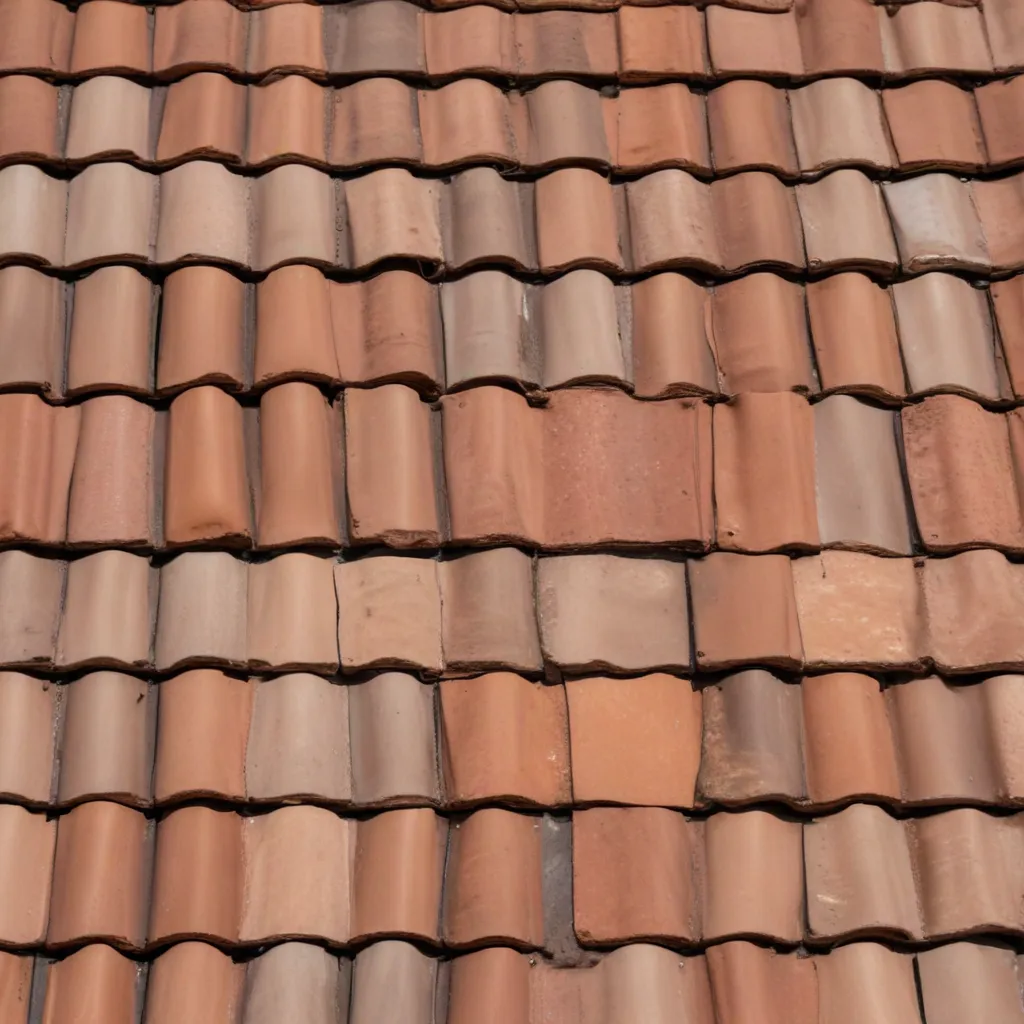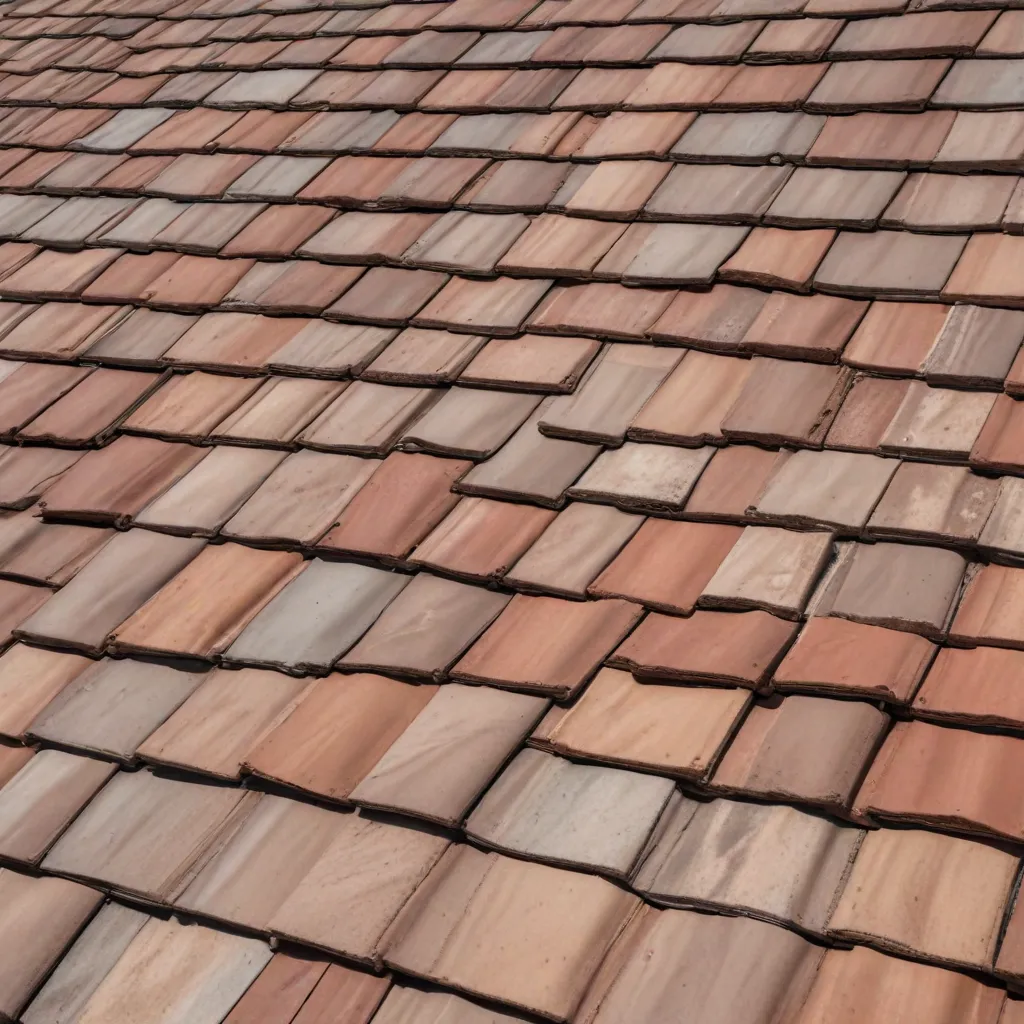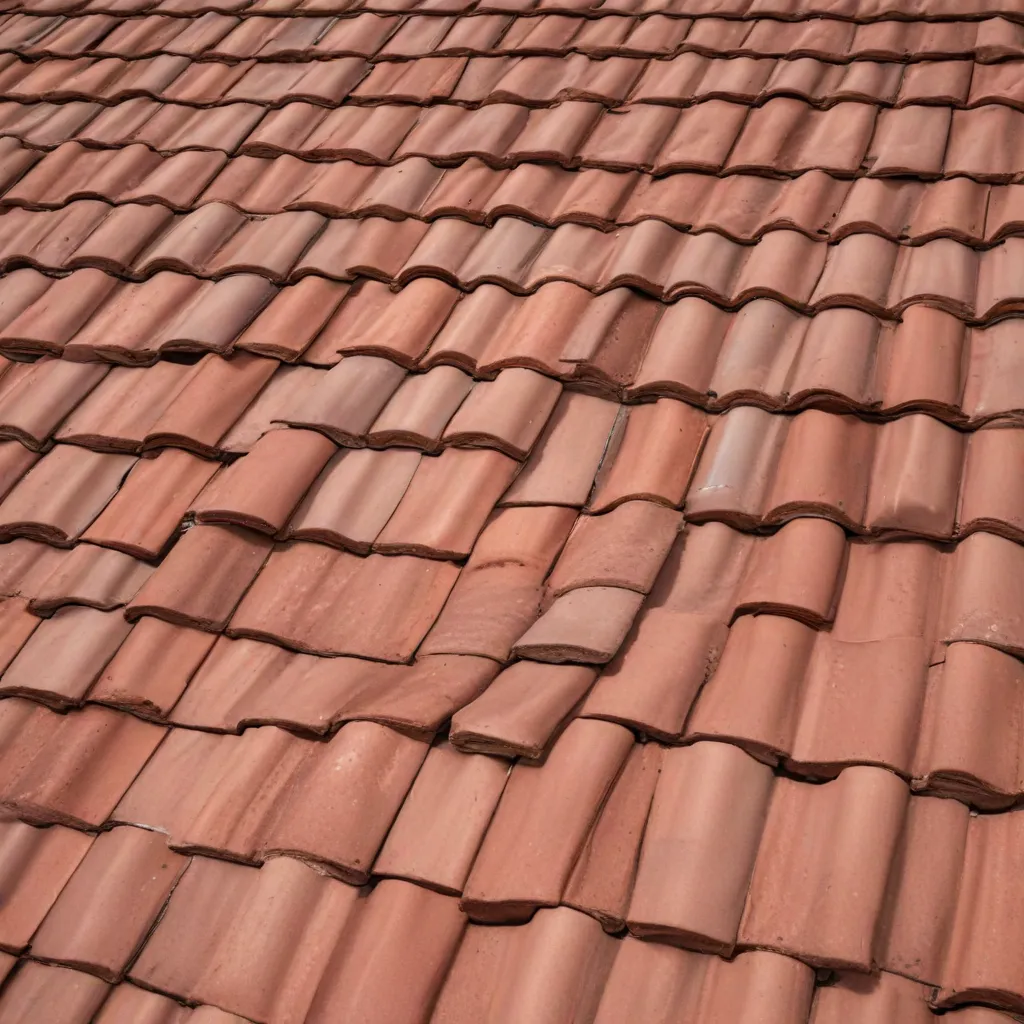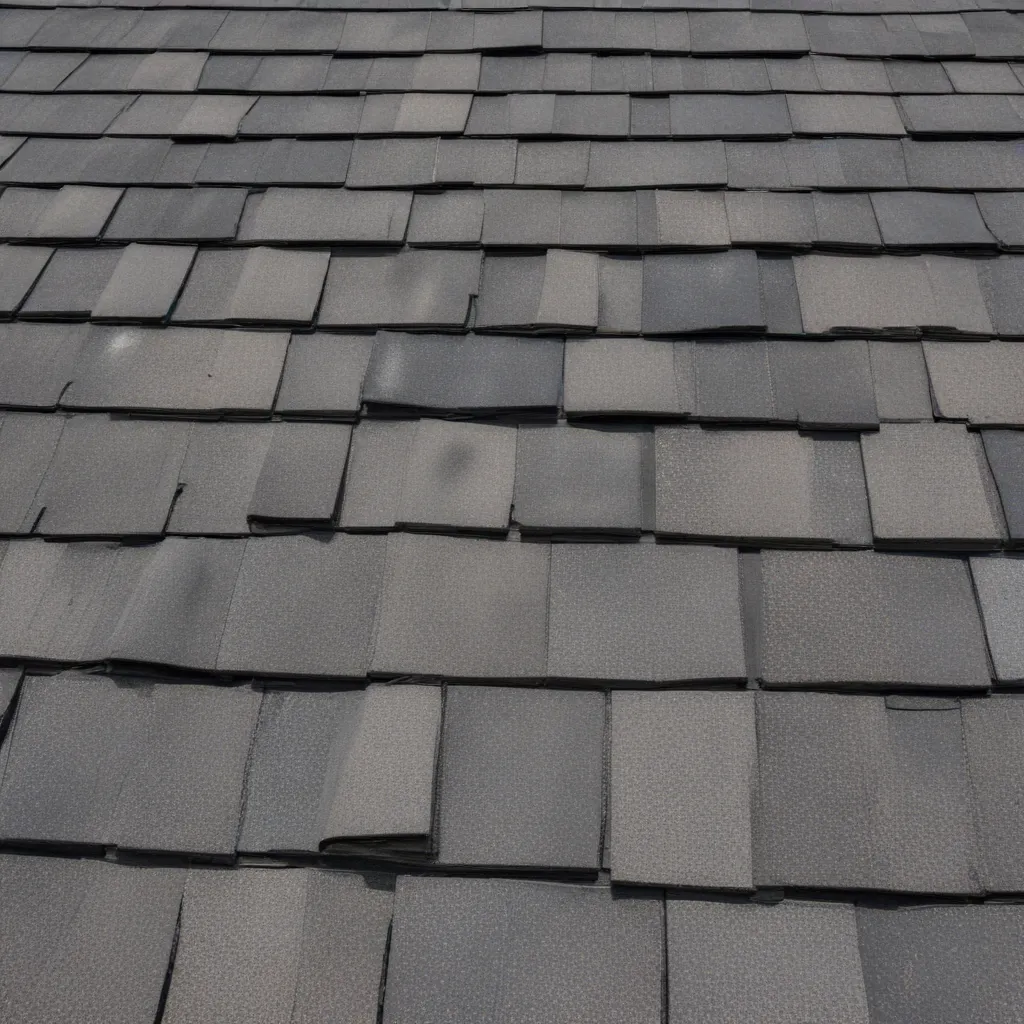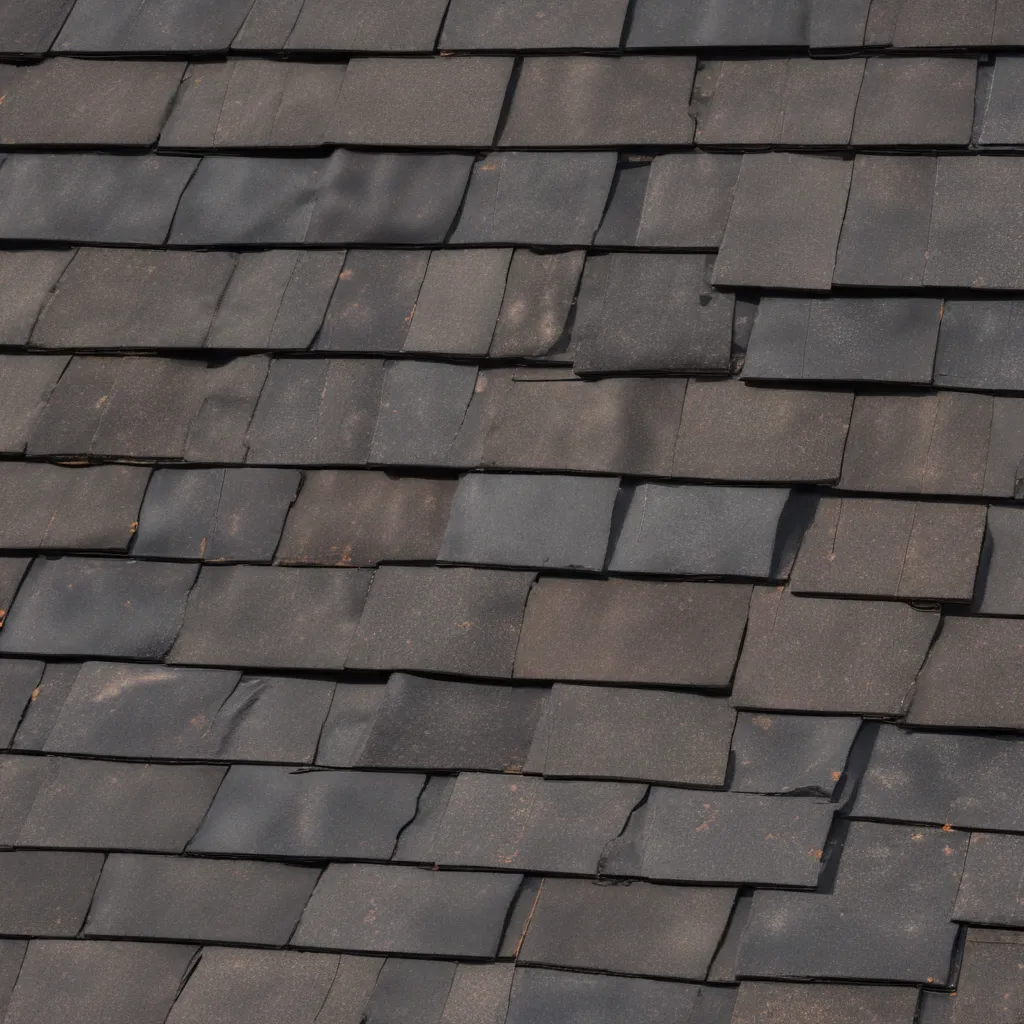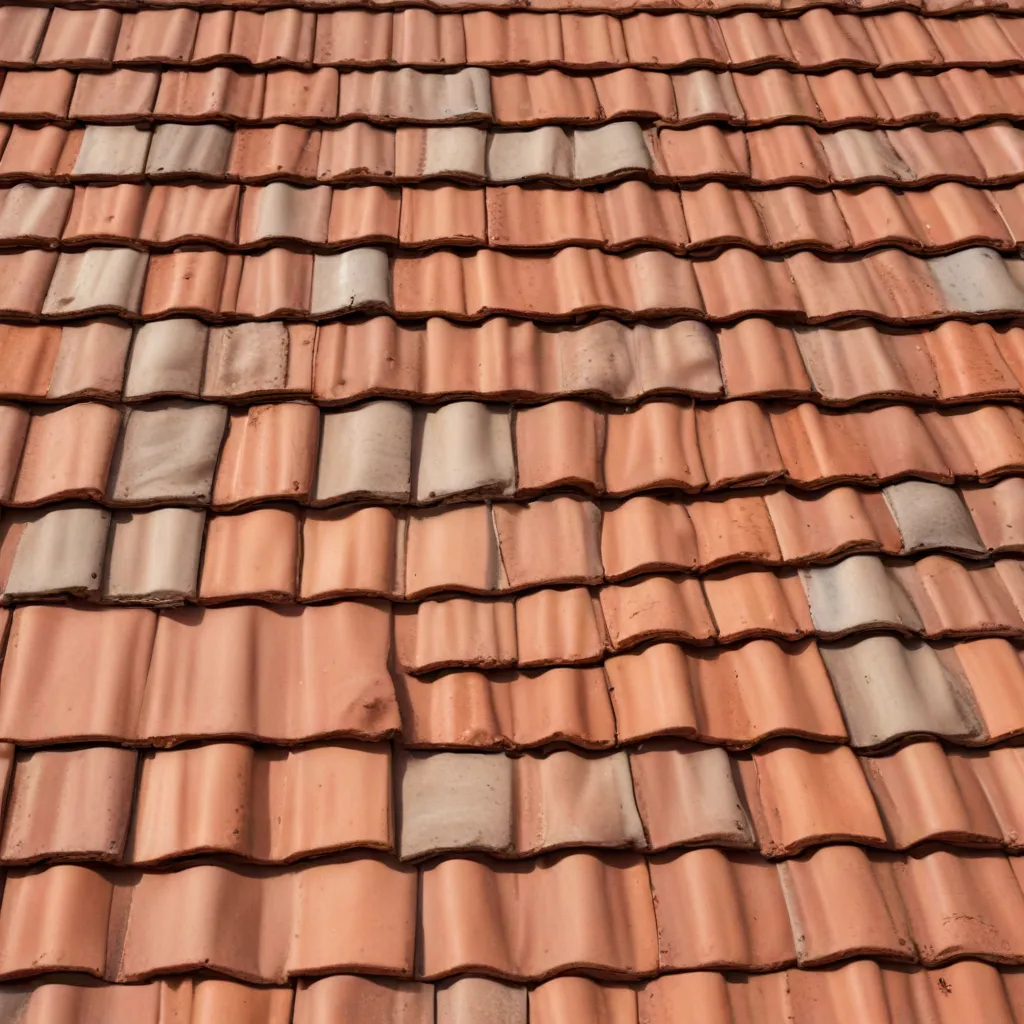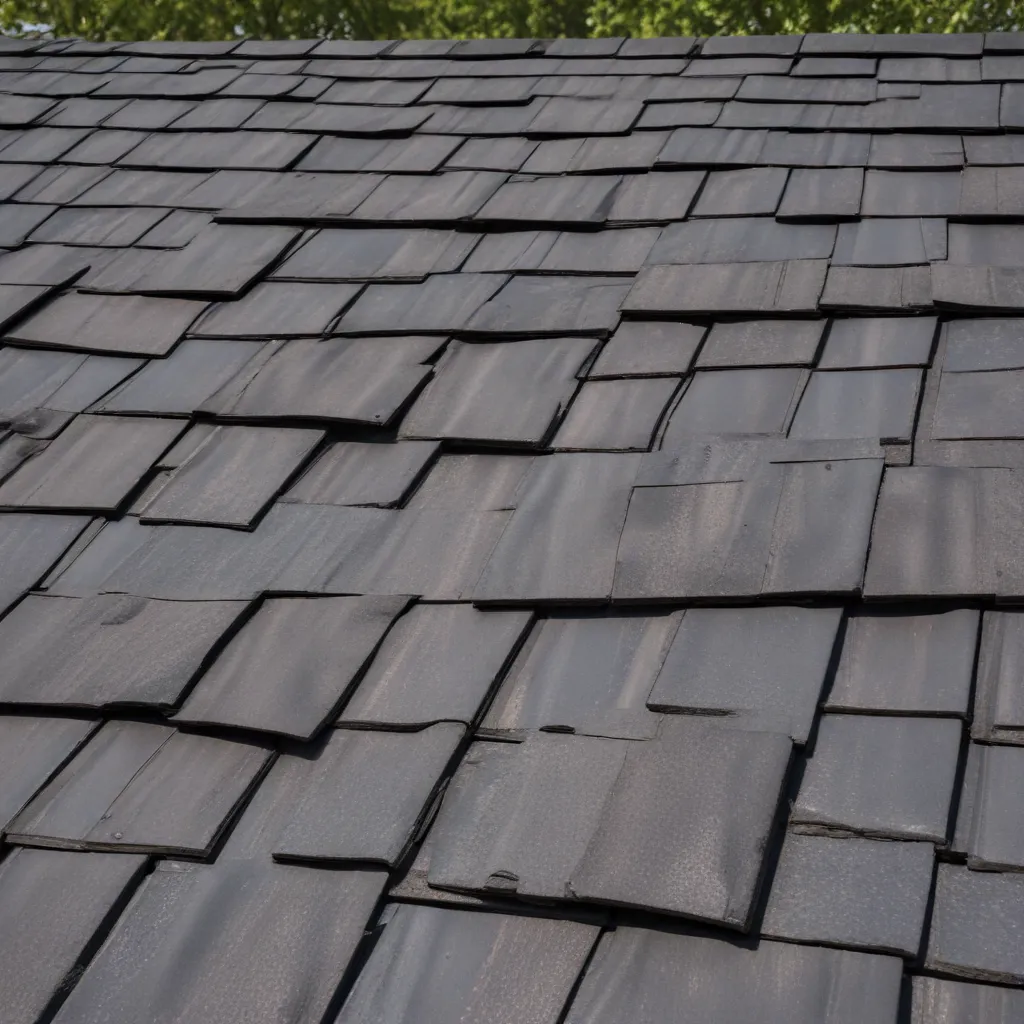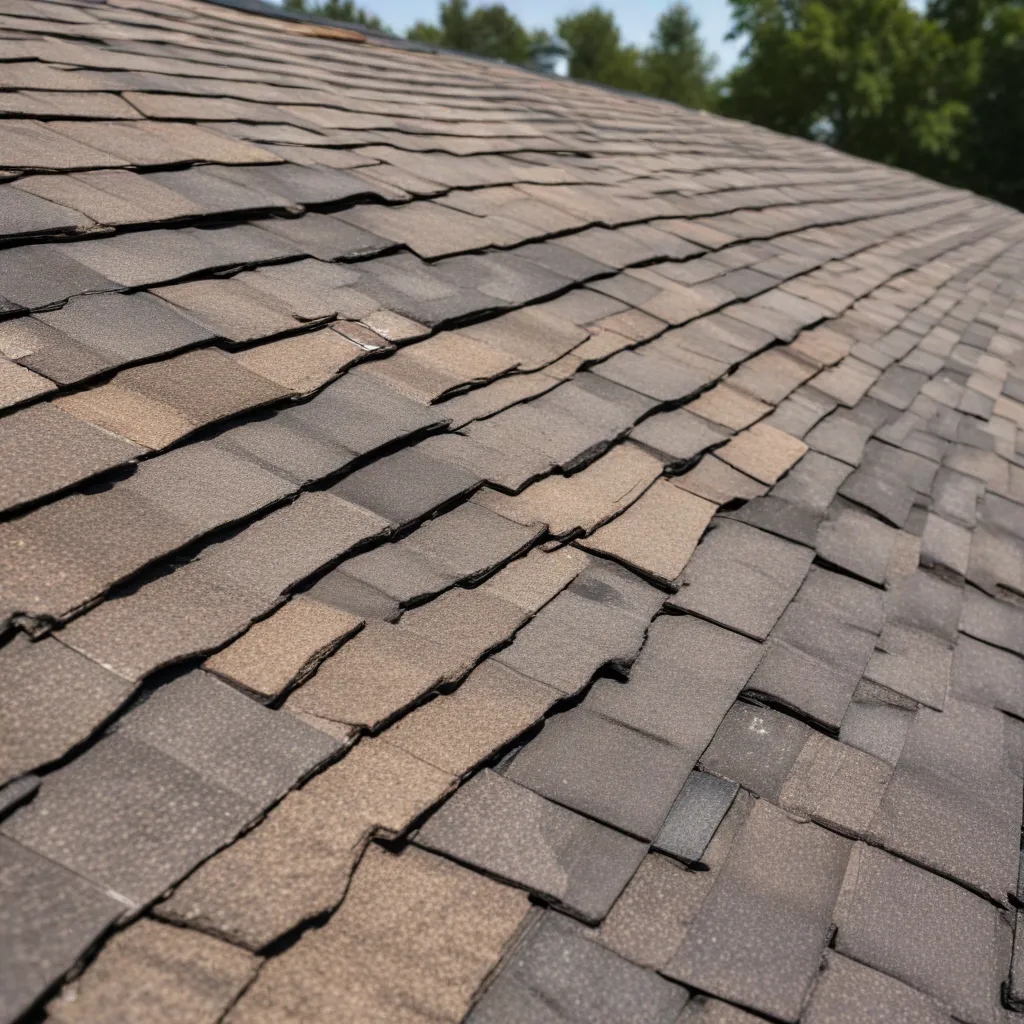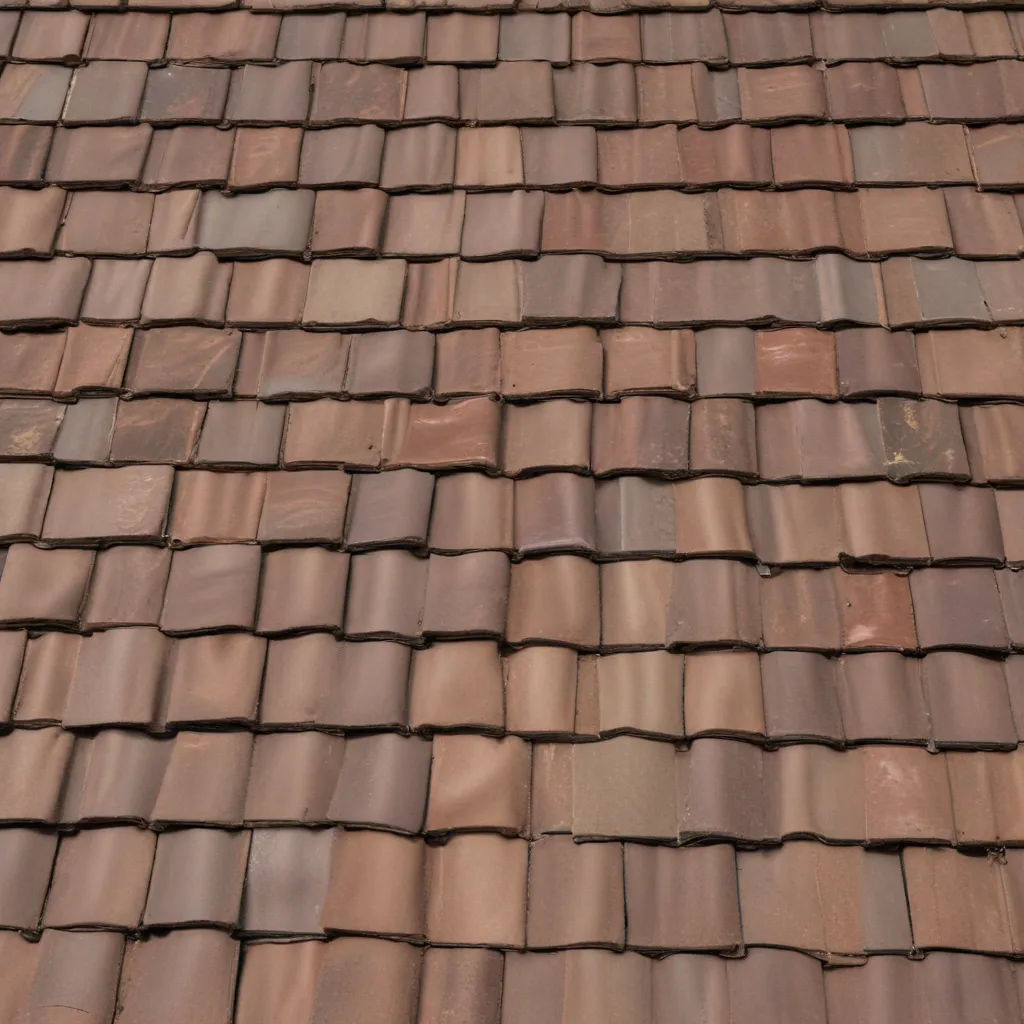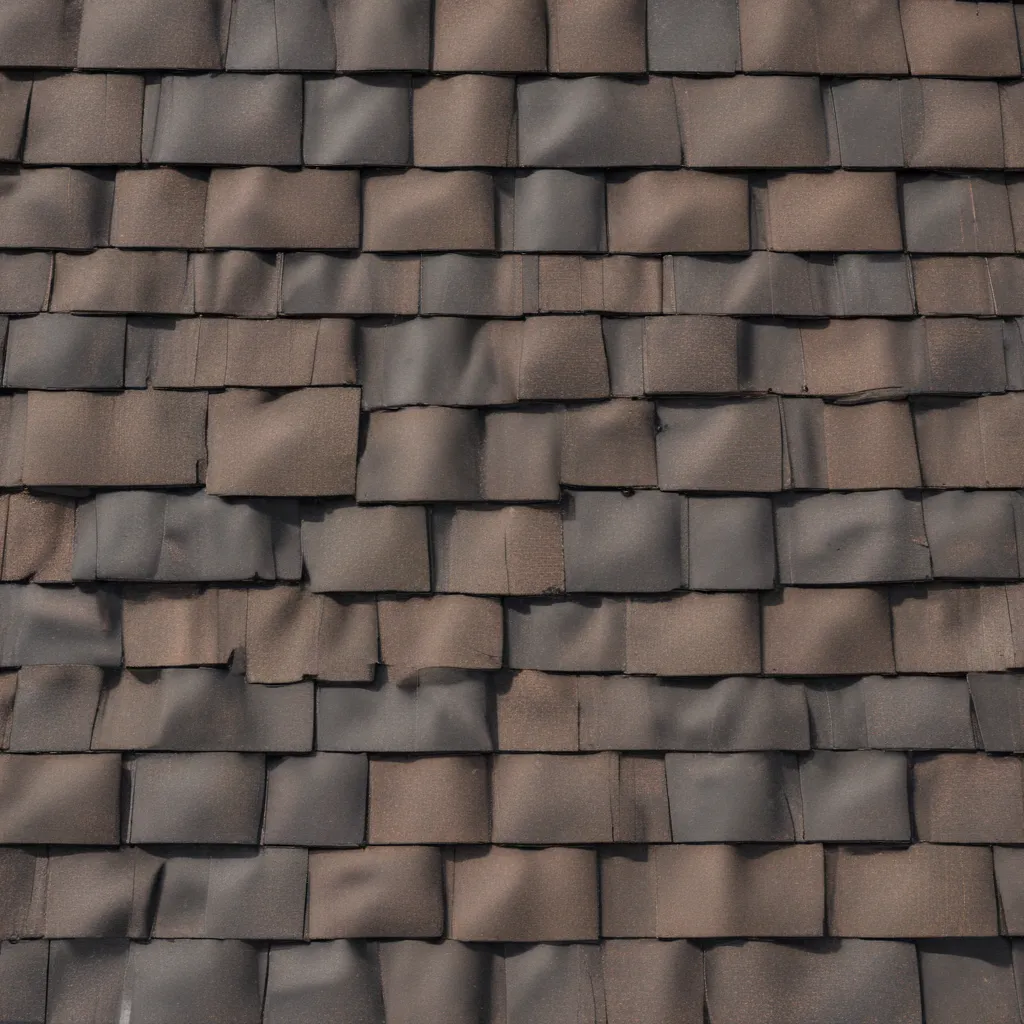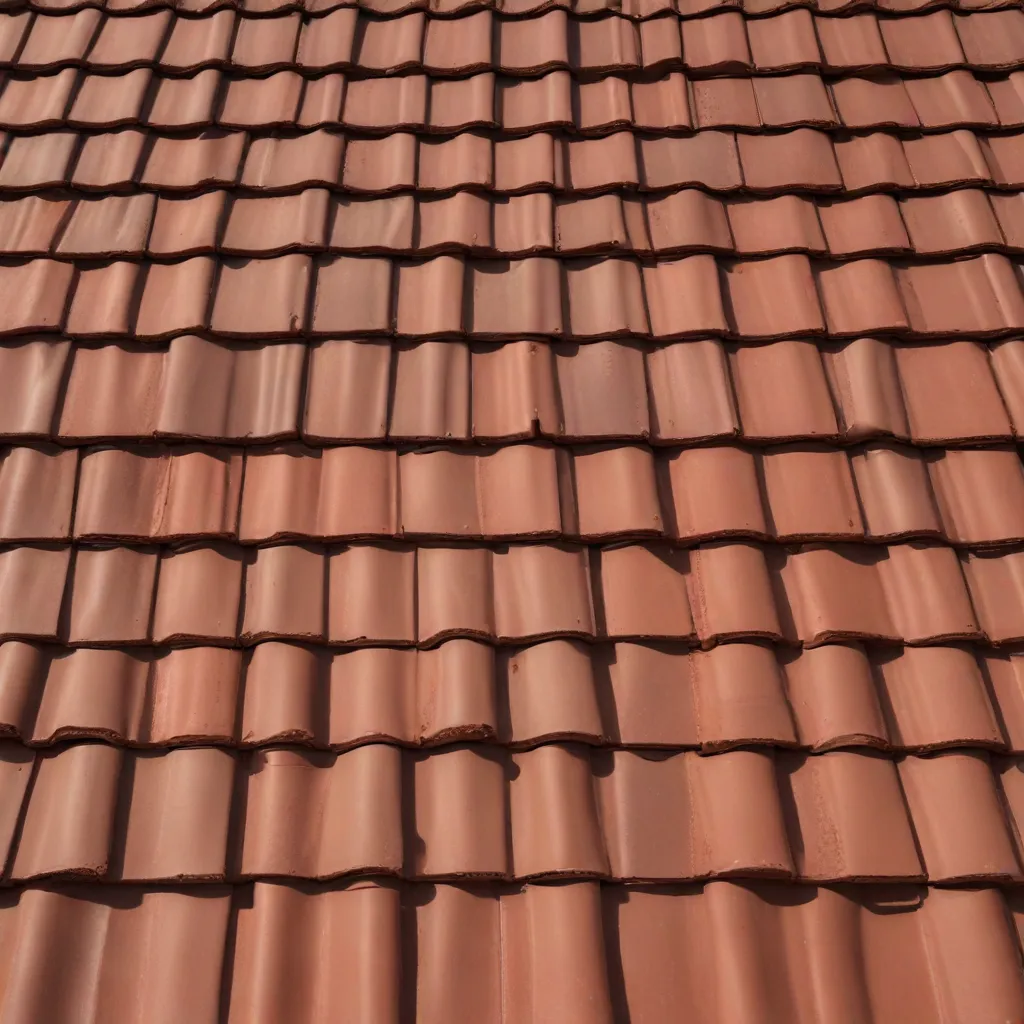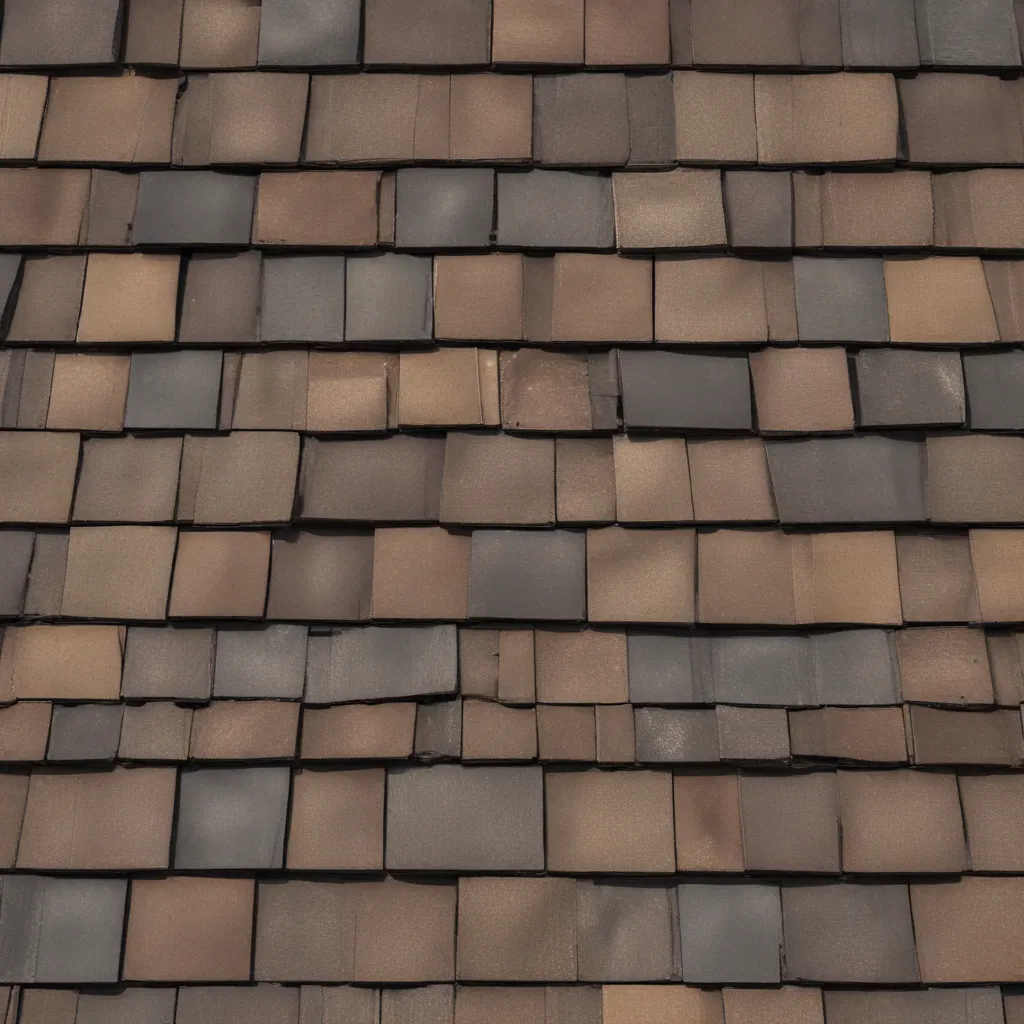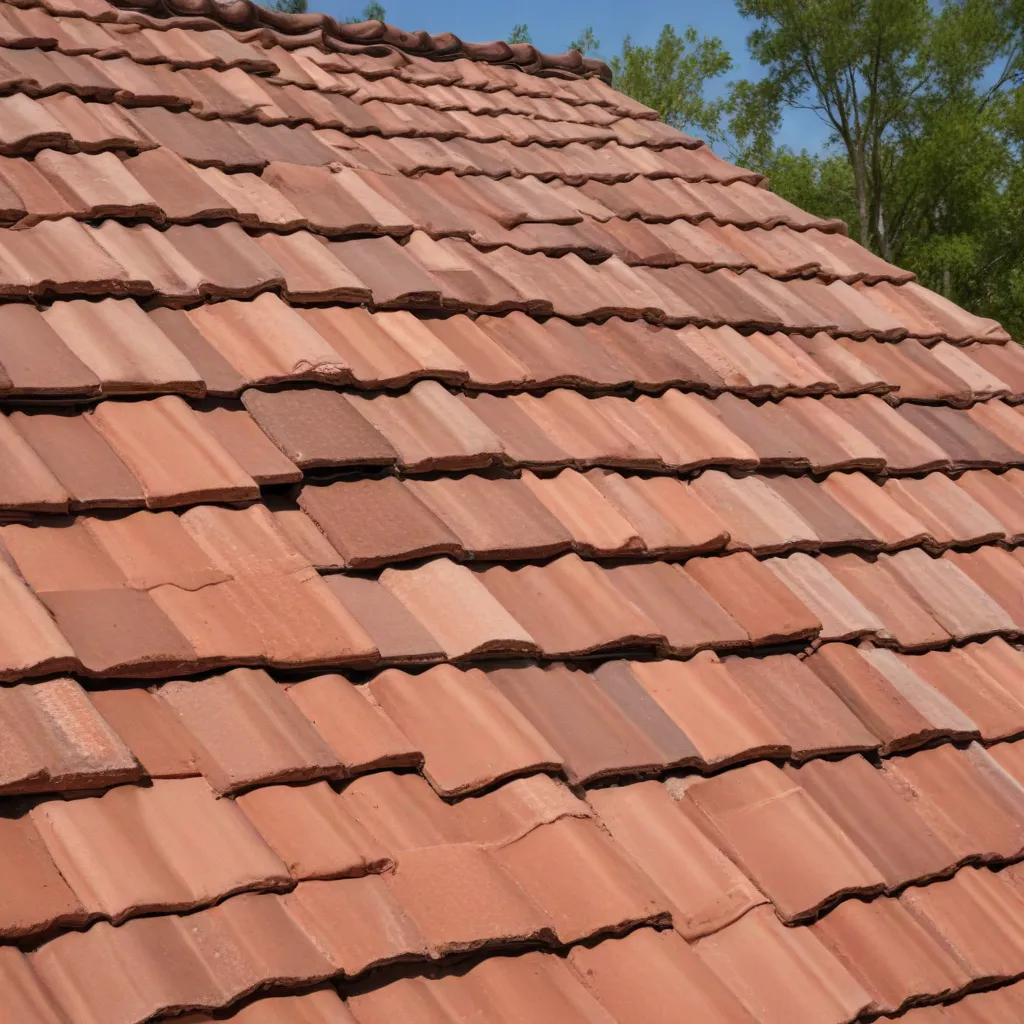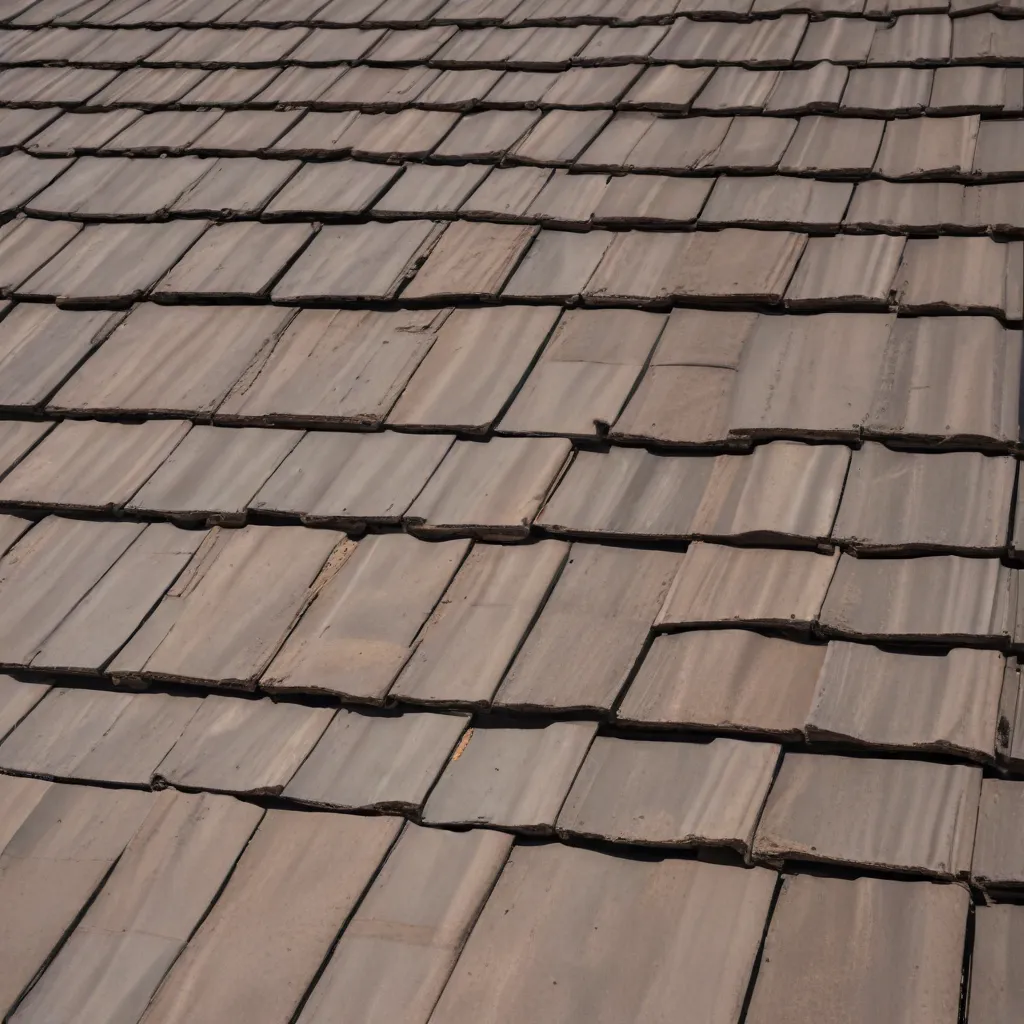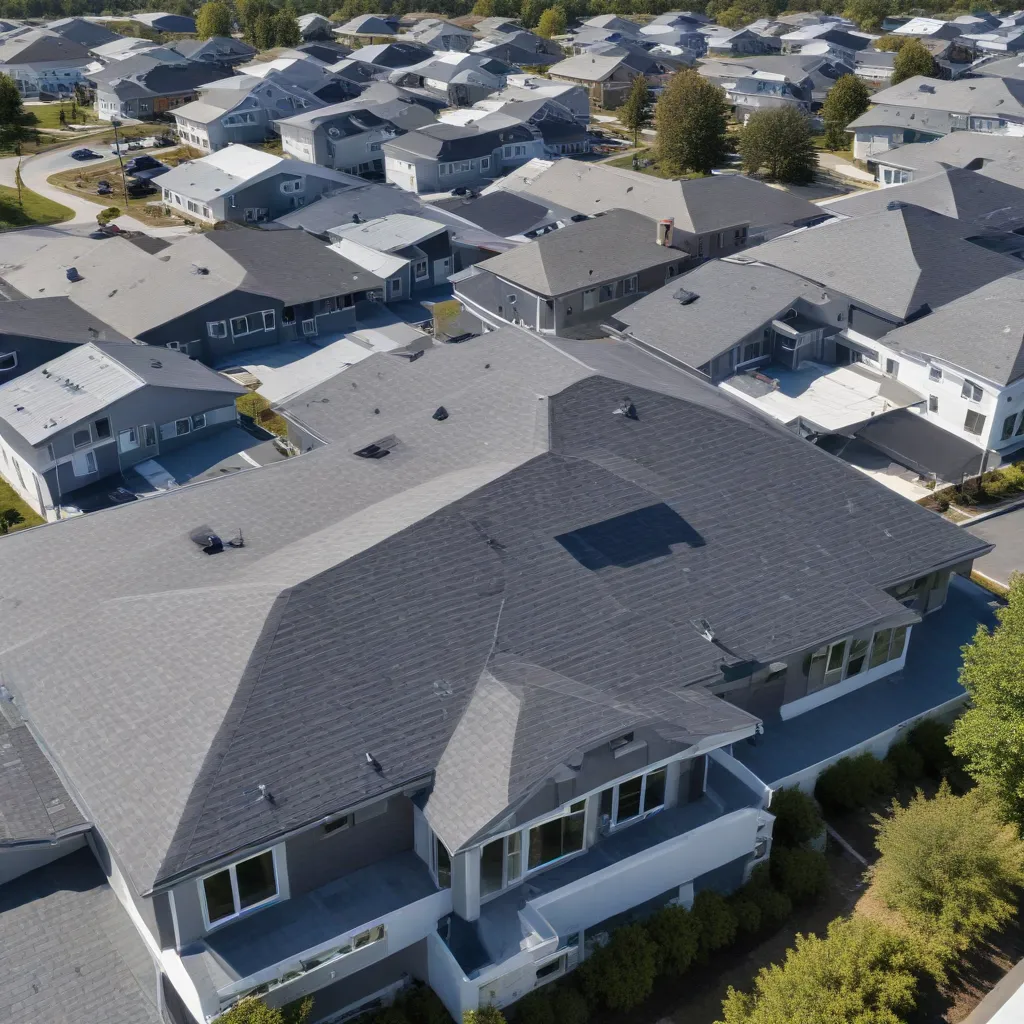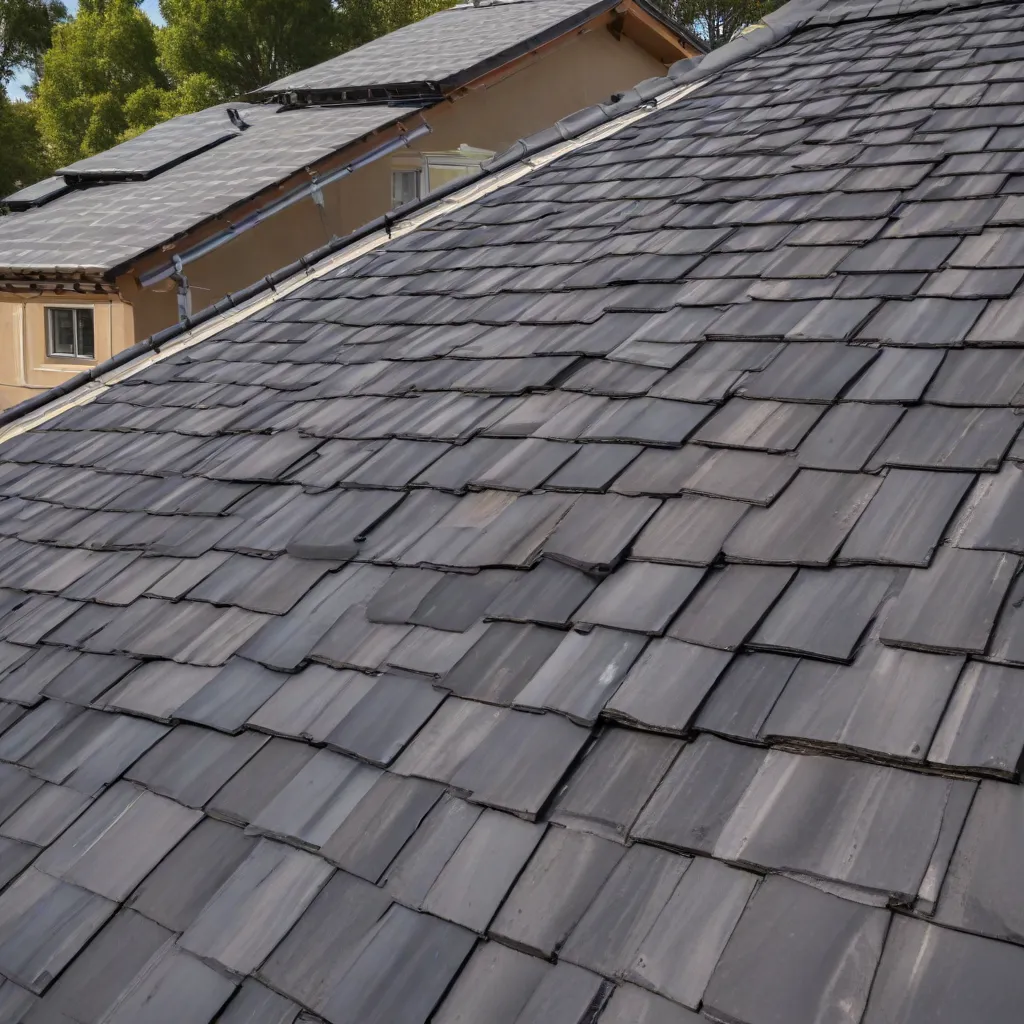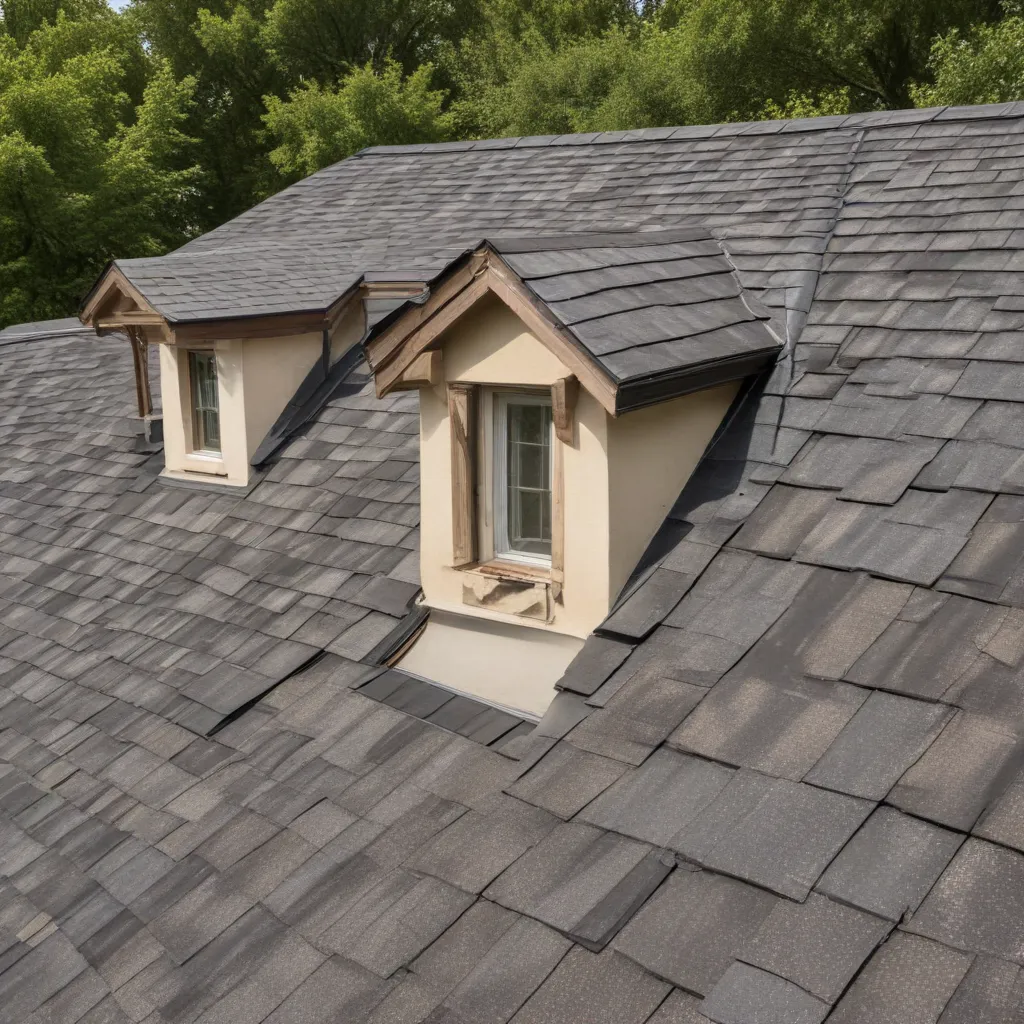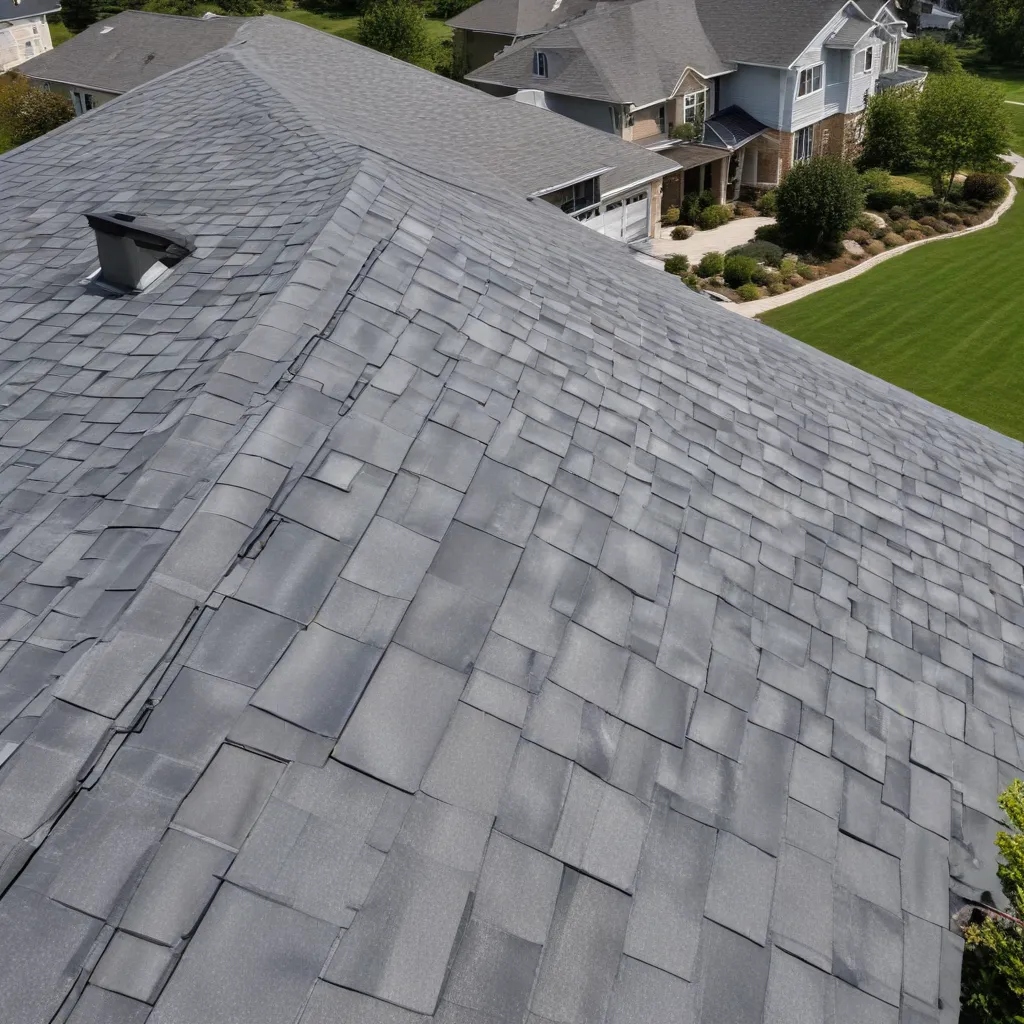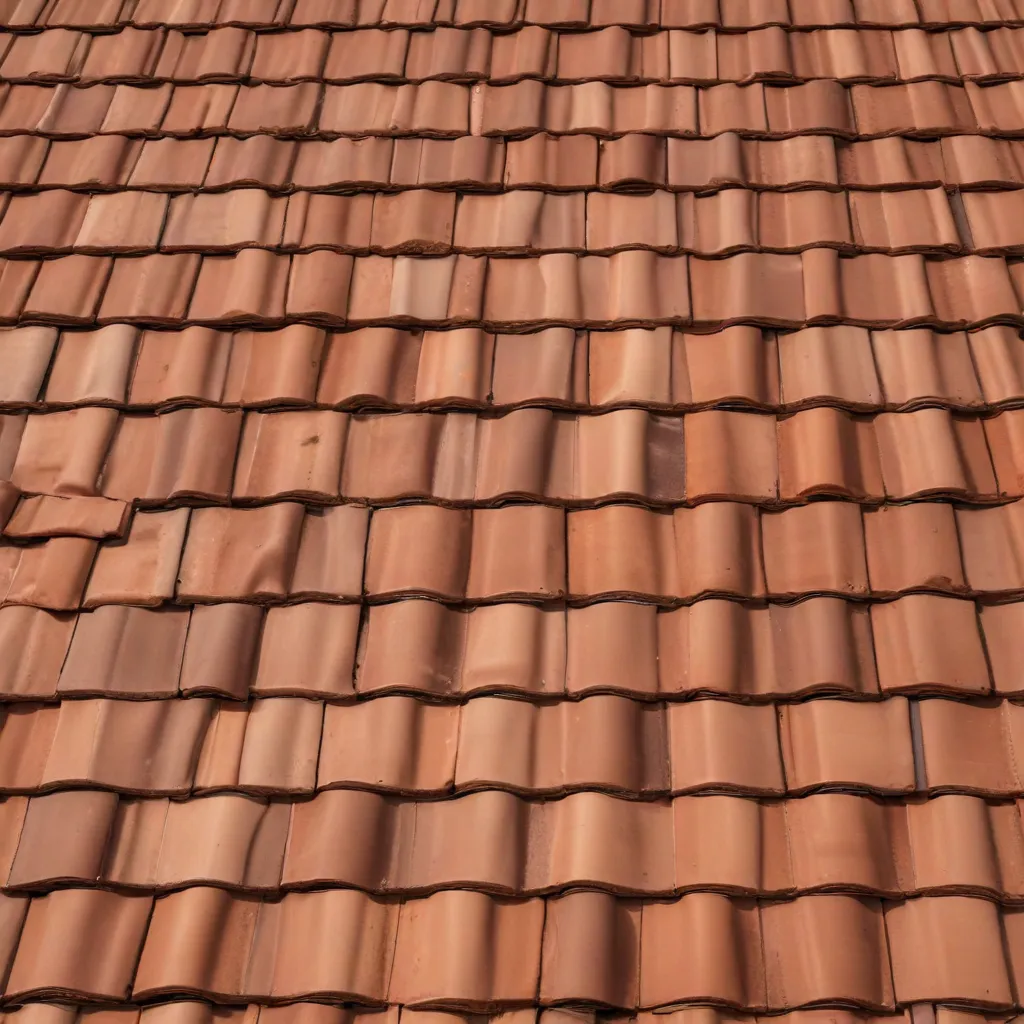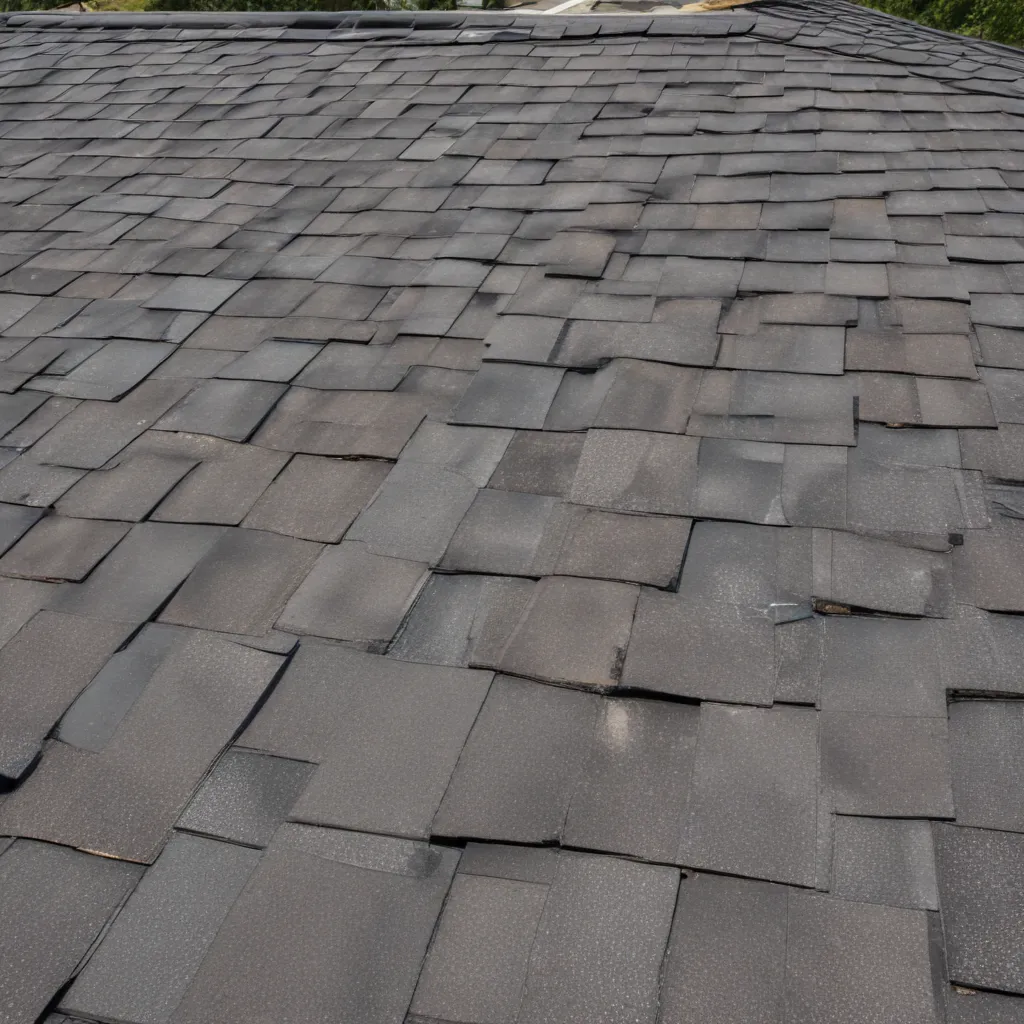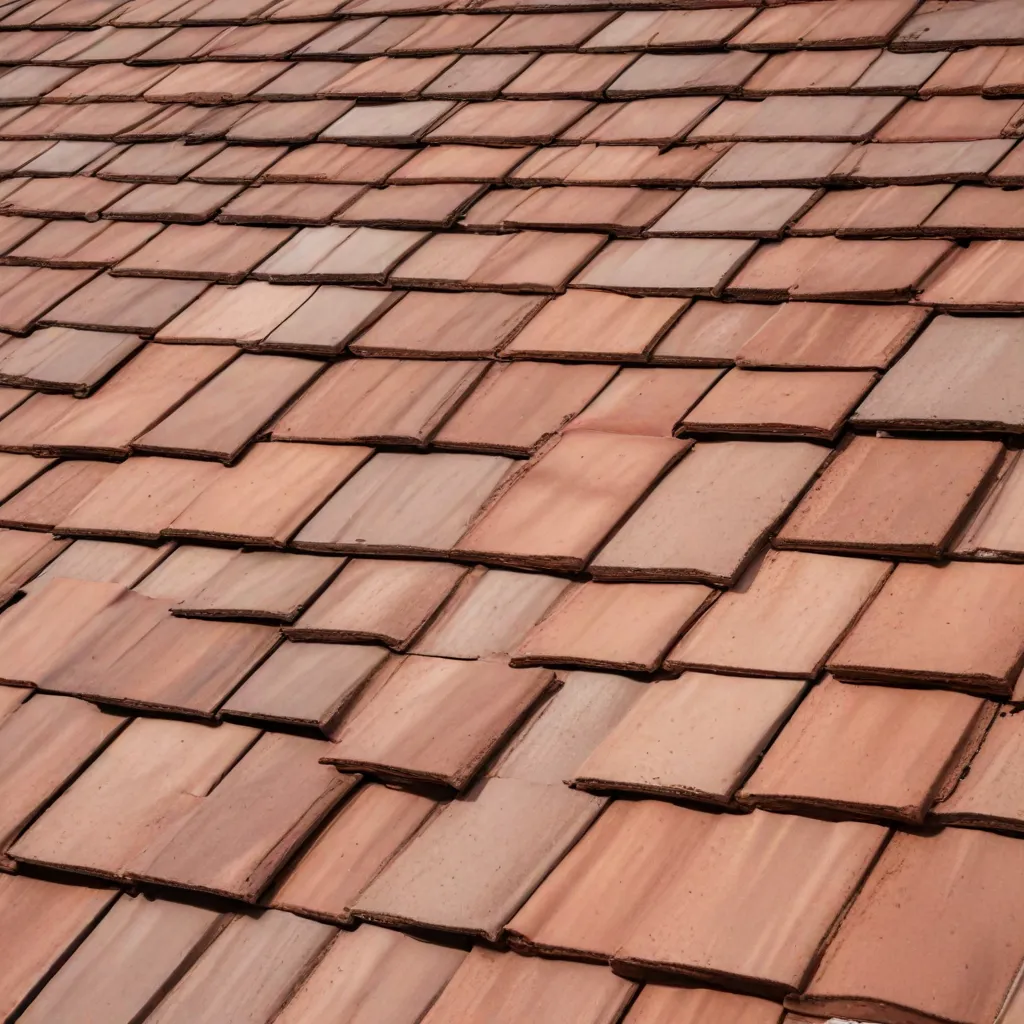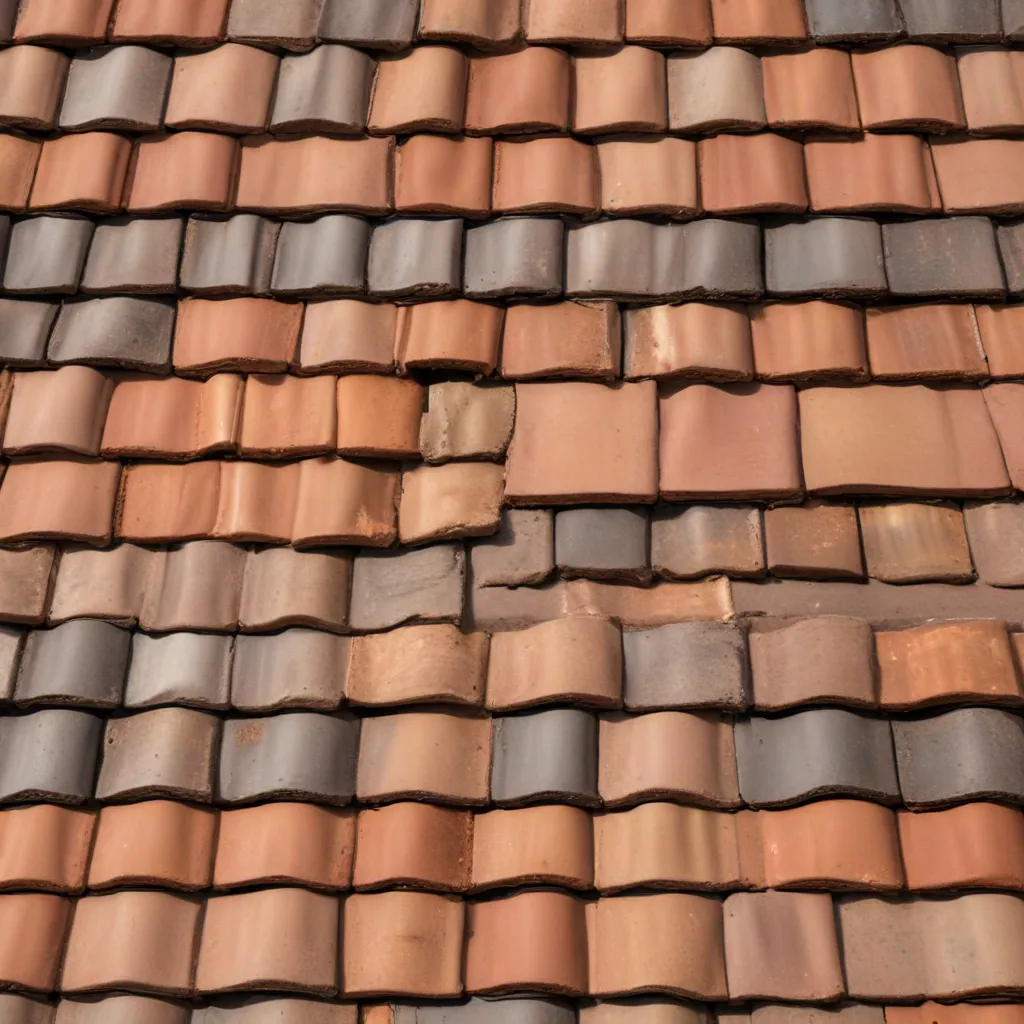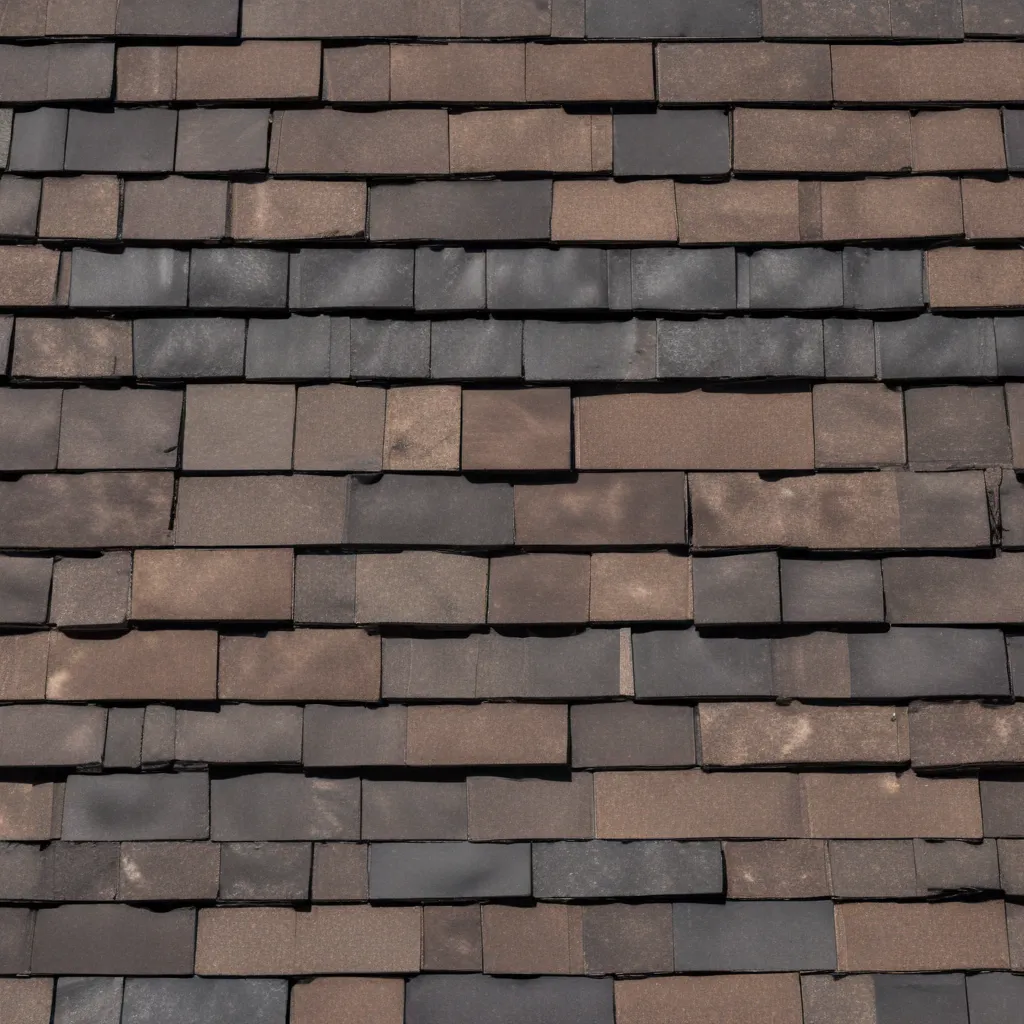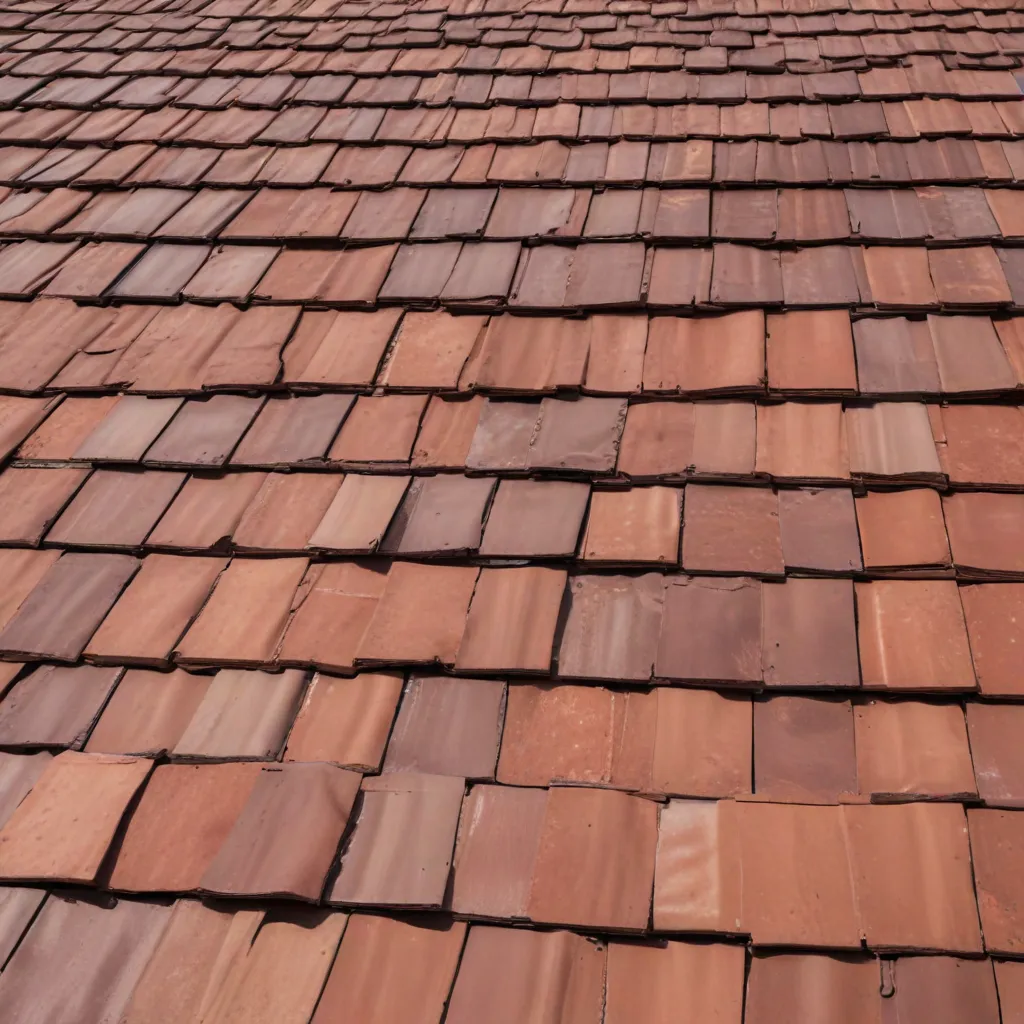Green roofs have become a popular trend in recent years as people seek ways to reduce their carbon footprint and create a more sustainable environment. A green roof is a flat or sloped roof covered with vegetation and soil, which helps reduce energy costs, improve air quality and provide a habitat for wildlife. In this article, we will look at the advantages and disadvantages of green roofs to help you decide if they are the right choice for your home or business.

Advantages of Green Roofs
- Energy Efficiency
One of the most significant advantages of green roofs is their energy savings. The vegetation and soil on the top help insulate the building, reducing the energy required to heat or cool it. This can result in significant energy savings, especially in extreme temperatures.
- Improved Air Quality
Green roofs also help to improve air quality by filtering pollutants and releasing oxygen into the atmosphere. This can positively impact the health of the building’s occupants and the local community.
- Increased Biodiversity
Green roofs provide various wildlife habitats, including birds, insects and small mammals. This can help increase biodiversity in urban areas, often lacking in natural habitats.
- Aesthetically Pleasing
In addition to their practical benefits, green roofs are also aesthetically pleasing. They can add a unique and attractive feature to any building and can be used to create a green oasis in an otherwise urban environment.
Disadvantages of Green Roofs
- High Initial Cost
The initial cost of installing a green roof can be high, requiring specialized materials and techniques. However, the energy savings and other benefits of a green roof can help to offset these costs over time.
- Maintenance Requirements
Green roofs require regular maintenance to ensure they continue to provide the desired benefits. This includes watering the vegetation, removing debris and checking for damage.
- Weight Considerations
Green roofs are heavy, and it is essential to ensure that the building’s structure can support the added weight. In some cases, additional support may be required, which can increase the project’s cost.
- Climate Considerations
The type of vegetation and soil used on a green roof will vary depending on the local climate. In some areas, it may not be easy to grow the desired plants, limiting the benefits of the green roof.
In conclusion, green roofs can offer a range of benefits, including energy savings, improved air quality, increased biodiversity and aesthetic appeal. However, they also have disadvantages, such as high initial costs, maintenance requirements and weight considerations. When deciding whether a green roof is the right choice for your home or business, it is essential to carefully consider the advantages and disadvantages and weigh up the costs and benefits.
Conclusion
If you want to reduce your carbon footprint and create a more sustainable environment, a green roof may be the perfect solution. With its numerous benefits and drawbacks, it is essential to consider the costs and benefits before deciding. Regardless of your decision, a green roof will surely be a unique and attractive feature that will help improve the environment and your quality of life.

